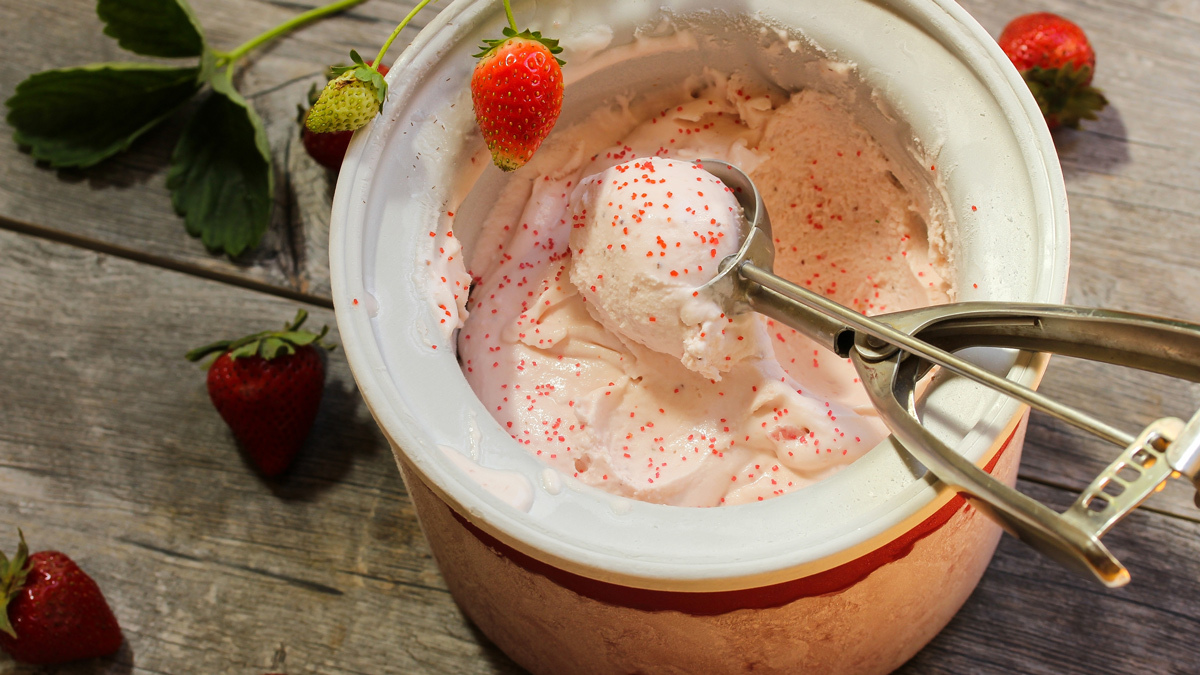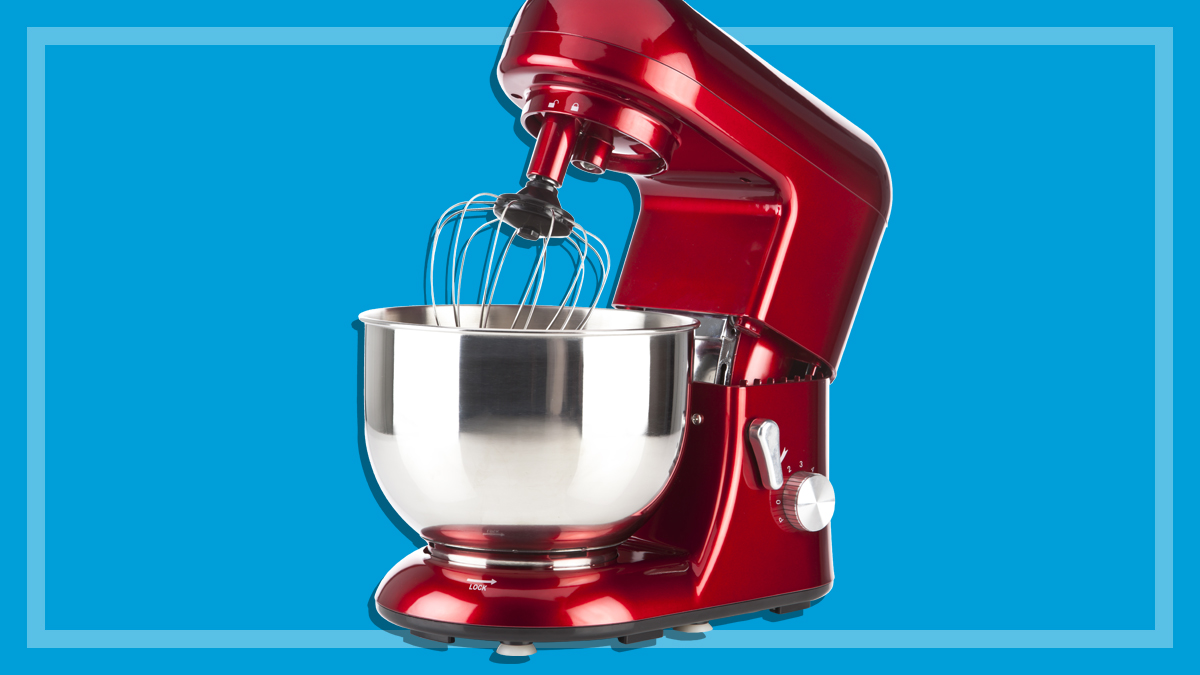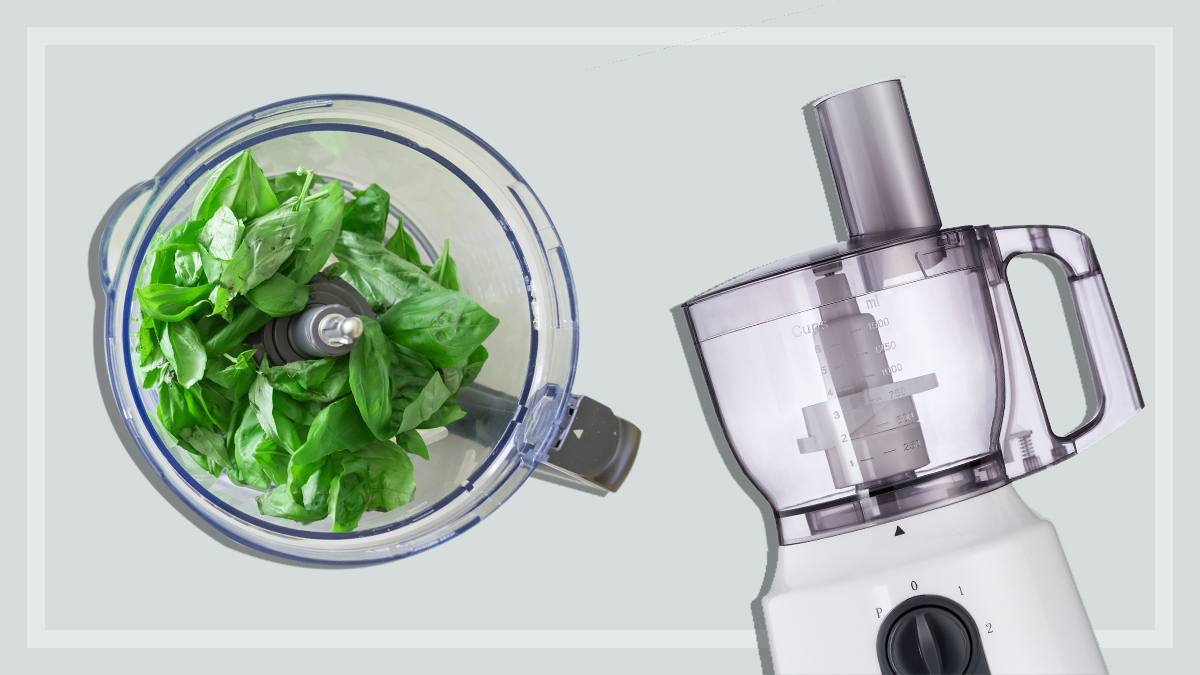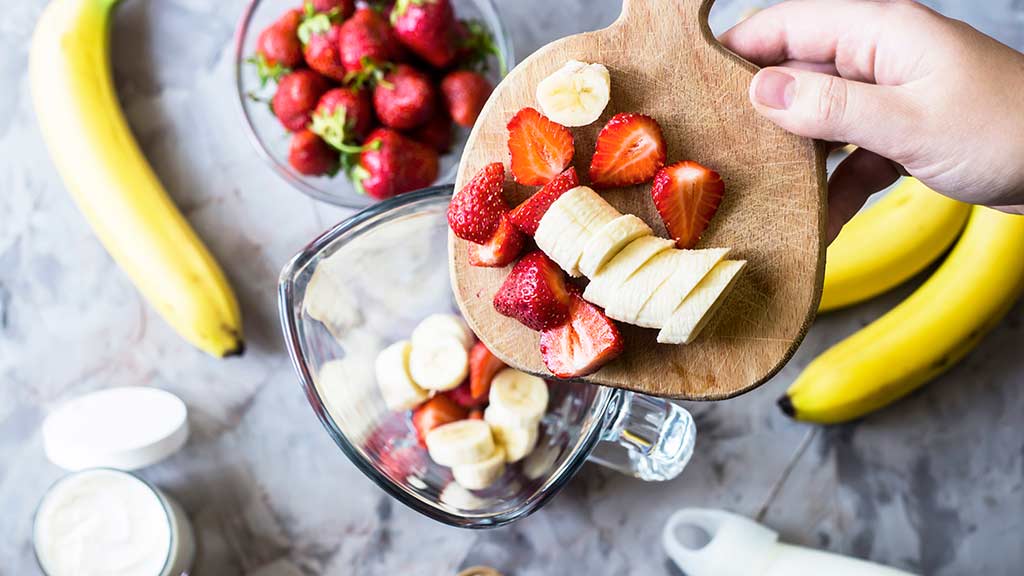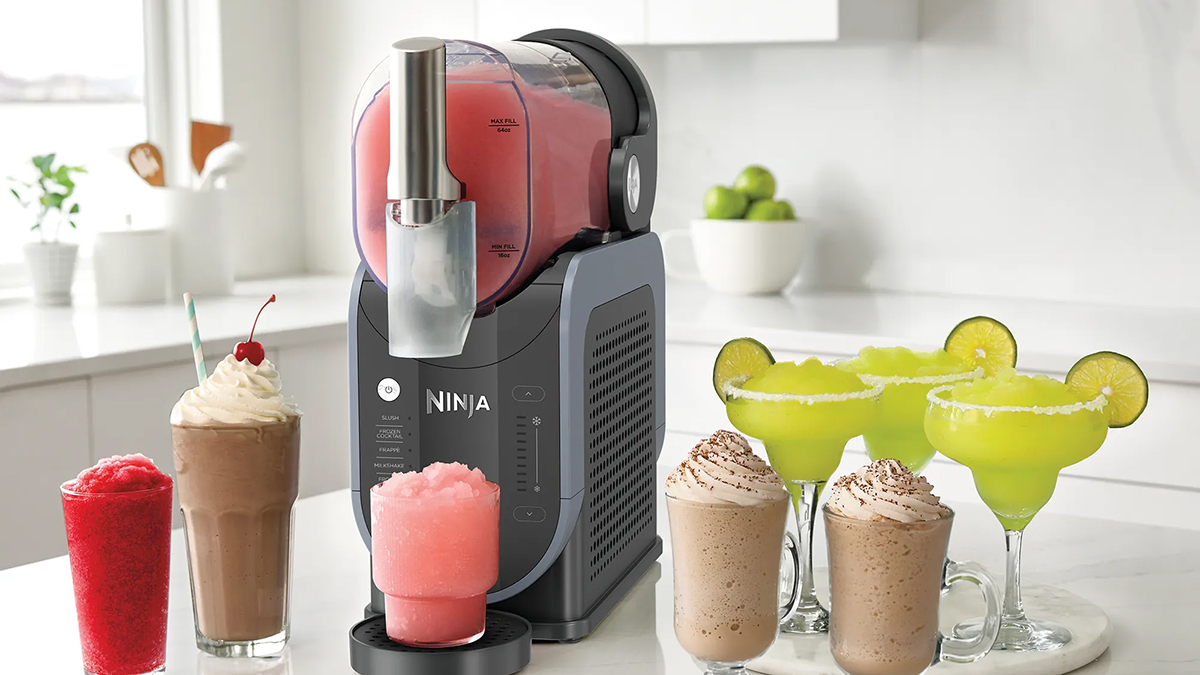Get our independent lab tests, expert reviews and honest advice.
What to know before buying an ice cream maker
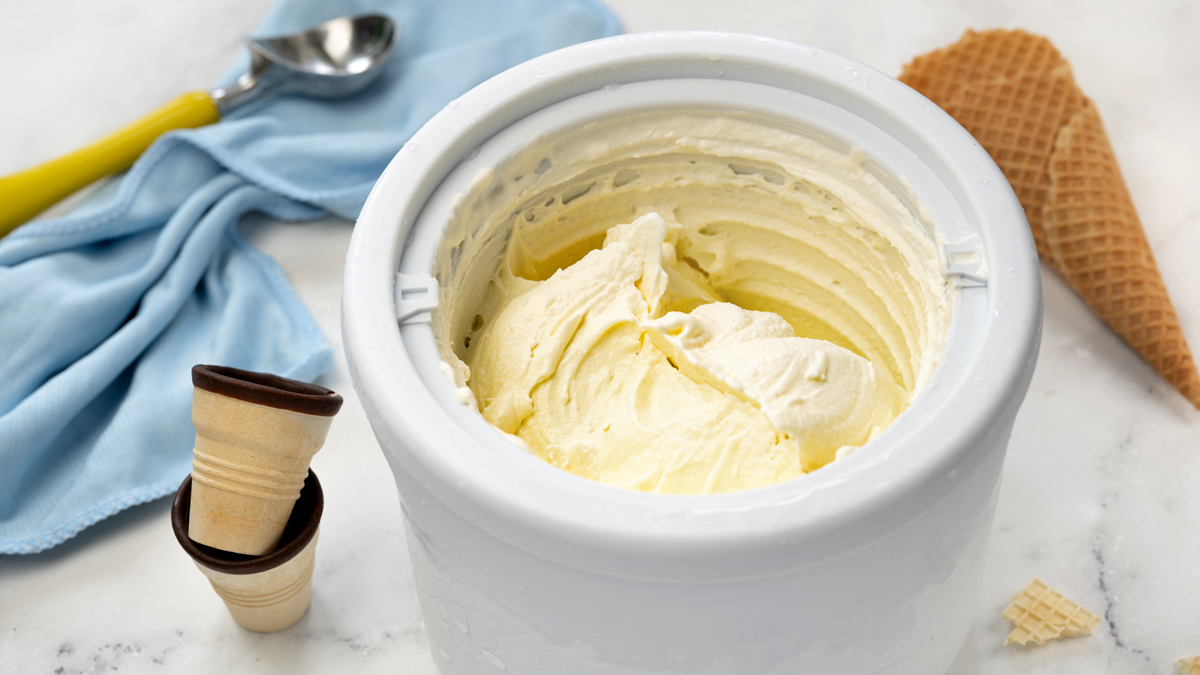
Whether it’s a refreshing sorbet on a hot summer’s day or a deliciously creamy ice cream for a sweet treat after dinner, an ice cream maker allows you to make your own tasty creations at home.
On this page:
- What is an ice cream maker?
- Types of ice cream makers
- Cost of ice cream makers
- Is it cheaper to buy or make ice cream?
- Is it worth buying an ice cream maker?
- Alternatives to buying a dedicated ice cream maker
- What to look for in an ice cream maker
Buying ice cream ready-made may be convenient, but making your own from scratch has its benefits too.
Here we explain the different types of ice cream machines, how to use one, whether they’re worth buying, and the alternative methods you can use to create ice cream at home.
What is an ice cream maker?
Ice cream makers are household appliances that turn a basic liquid base or custard – a mixture of cream, milk, egg yolks and sugar, plus any flavourings – into frozen ice cream through a process of chilling and churning.
A rotating paddle keeps the liquid moving and lets in air, while also scraping down the sides. The movement helps stop large ice crystals forming as the liquid freezes. The smaller the crystals, the smoother your ice cream will be.
You can make gelato, fruit sorbets and frozen yoghurt (some recipes don’t even require you to make a custard first), and there are hundreds of recipes online for specialist varieties, including sugar-free and dairy-free ice cream.
An ice cream machine may be ideal for a household with food intolerances or specialist diets, as you can control exactly what ingredients are added, so there are no artificial flavours, colours or preservatives.
Types of ice cream makers
There are two basic types of ice cream maker: freeze-first and self-freezing. To make an ice cream or sorbet you need a pre-prepared custard mixture or fruit base, which is poured into the bowl or machine for churning.
Which one is right for you depends largely on things like budget, size and convenience.
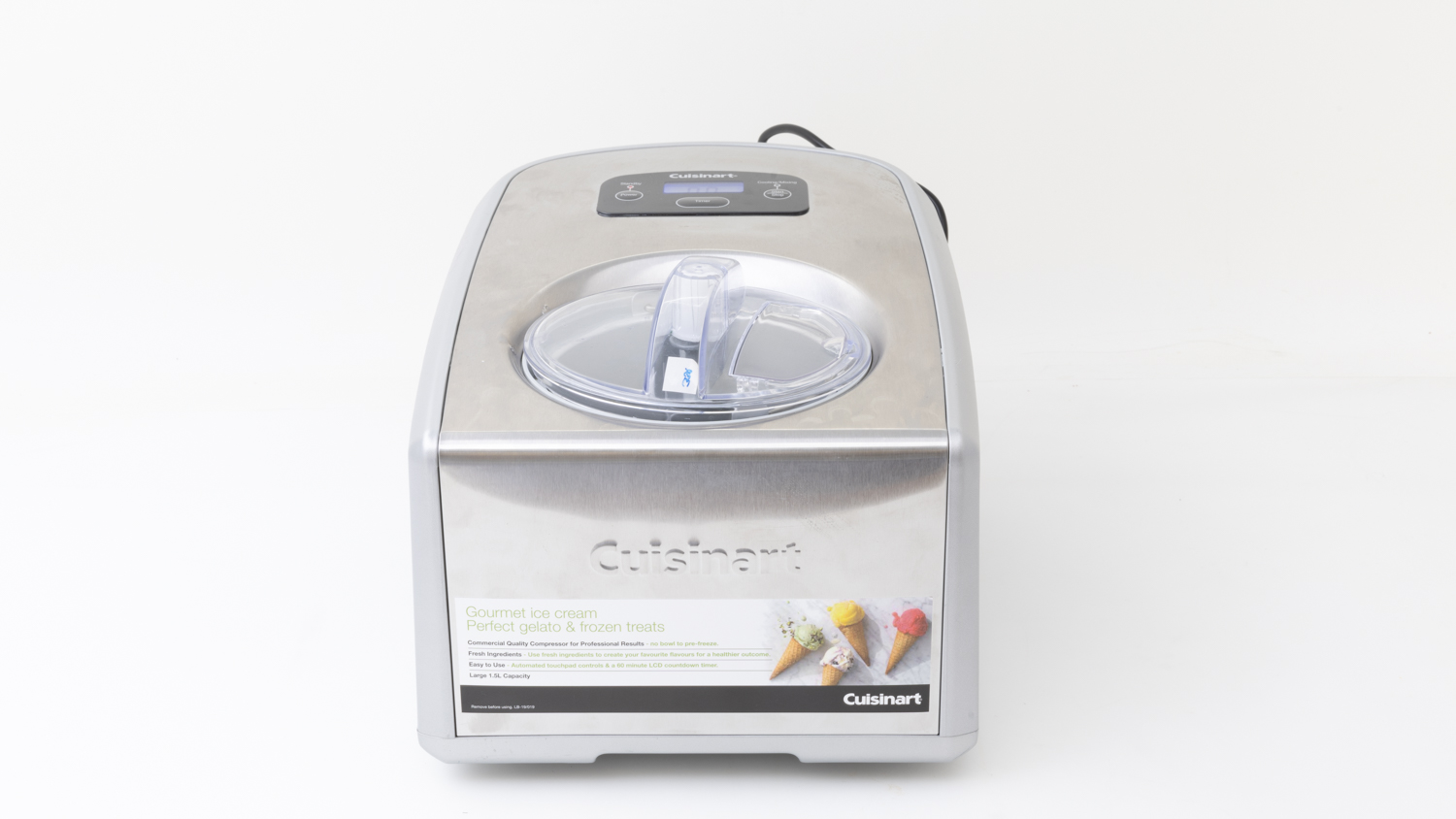
Compressor (self-freezing)
This type is a standalone ice cream maker with an in-built compressor and refrigerant, which makes them convenient and ready to use.
These machines chill the canister to freezing temperature by compressing cooled air around the bowl while their paddles keep the mixture churning.
You don’t need to watch over them through the whole process, which is an added bonus too.
Pros
- You don’t have to do any freezing in advance, so you can whip up a batch of ice cream whenever the mood strikes.
- They’re convenient if you have a large family or don’t have a lot of freezer space.
- You can churn out desserts one after the other.
- Some models may have pre-programmed settings.
Cons
- Convenience comes at a cost – they’re more expensive than freezer bowl canisters.
- They’re large and take up a considerable amount of bench space.
- They don’t like to be moved around and they need to sit on a flat surface and be upright at all times. If you need to move them, you’ll need to wait a minimum of two hours before you use it again.
- Churning and processing times are generally longer than freezer bowl types.
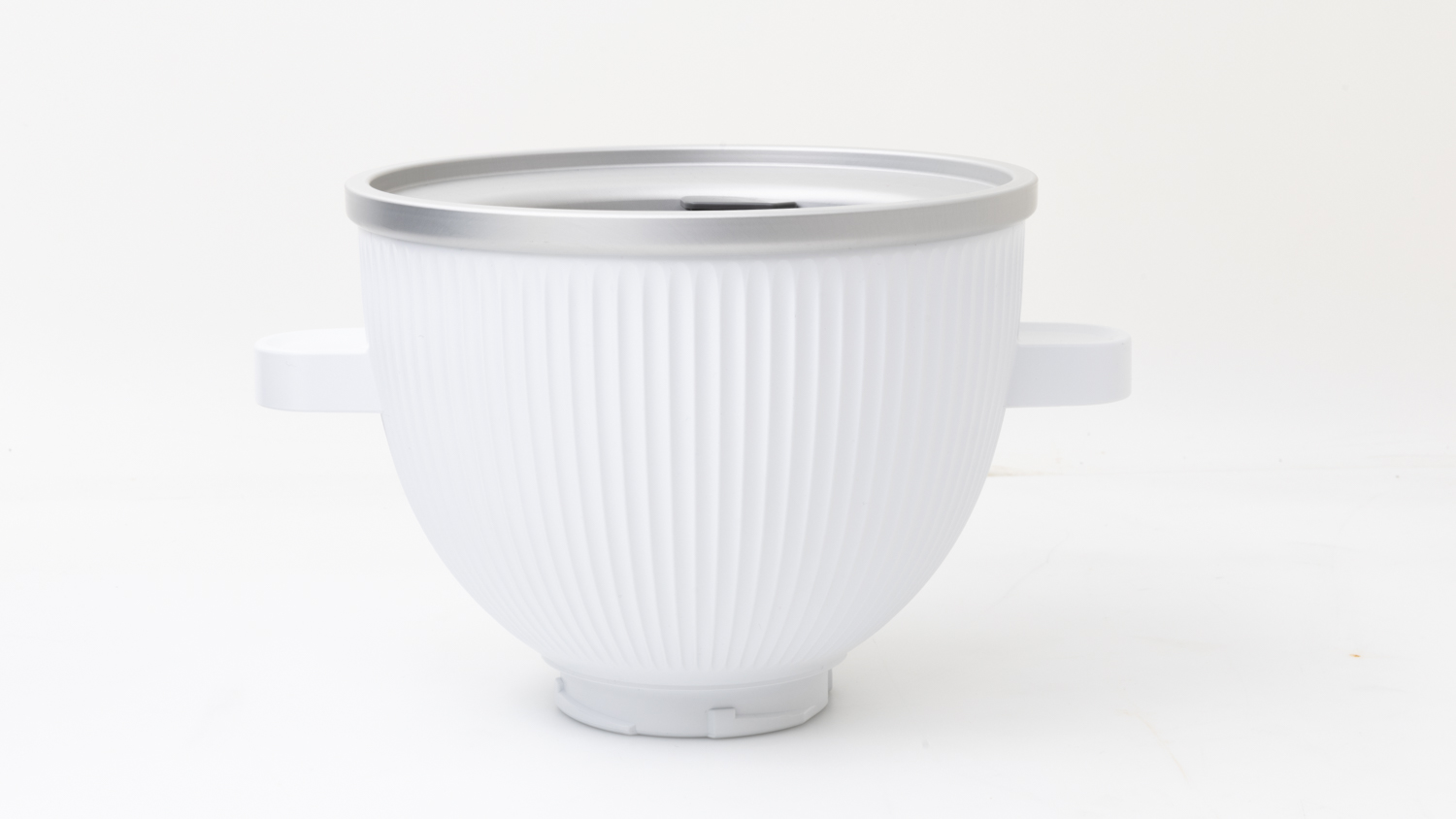
Freezer bowl (freeze-first)
Freeze-first models require you to freeze a bowl before you start churning ice cream. The walls of the freezer bowl are filled with liquid coolant. The frozen layer inside the bowl and the paddle moving the ingredients converts it into a thick mixture.
You can buy this type of ice cream maker as a standalone appliance or as a bowl to use with an existing stand mixer.
Pros
- Cheaper than compressor models.
- They’re generally smaller and take up less space on your benchtop.
- Faster processing time.
- If you already have a stand mixer, an add-on ice cream maker accessory can be a great space-saving alternative – brands like Kenwood, KitchenAid and Smeg sell them as optional extras.
Cons
- Because the bowl needs to spend some time in the freezer first, planning is essential. It’s probably best to keep the freezer bowl in the freezer for any last minute desserts.
- The bowls can be large and take up considerable space in your freezer.
- You can’t make more than one batch of ice cream at a time (unless you have an extra freezer bowl that’s been pre-frozen) as the bowl needs to be fully dry before placing it back in the freezer.
- There are no timers or auto settings – you’ll need to monitor the ice cream throughout the processing time.
- The freezer bowl is heavy and it can be awkward to remove a load.
Why is the churning process important?
Churning helps to incorporate a small amount of air that’s necessary for a smooth, semi-soft consistency. Without the air, the mixture would freeze too hard.
Once the ice cream base has thickened to the consistency of a soft-serve ice cream, it’s transferred to a clean container and placed in the freezer.
Ideally, this will firm the mixture into a firm yet scoopable ice cream without any thawing or the formation of large ice crystals.
Other things to consider
Regardless of the type of ice cream maker you have, it’s important to remember a few things.
- Some frozen desserts need to be eaten immediately after churning (due to greater water content and minimal sugar).
- In most cases, for ice cream and sorbet you’ll need to precook the custard or fruit base, and then cool or chill it for several hours (at least) before it can be churned.
- Most frozen desserts made in an ice cream maker will require freezing after churning so that they’re scoopable.
- Ice cream should be consumed ideally within one week.
- You cannot refreeze ice cream once it’s semi-defrosted or thawed. Refreezing semi-defrosted or melted ice cream causes the ice cream to become icy, resulting in an unpleasant mouthfeel.
- Consuming ice cream that’s been melted and frozen can also increase the risk of bacterial growth.
Cost of ice cream makers
Freezer bowl (freeze-first) ice cream makers are generally cheaper. The models we tested range in price from $130–209.
The compressor type (self-freezing) ice cream makers we tested range in price from $299 up to $1399.
The processor type we tested sits in the middle at $500.
Is it cheaper to buy or make ice cream?
We calculated how much it cost us to create the recipes used for testing.
- Homemade vanilla ice cream: $11.74 for 1L.
- Lemon sorbet: $9.63 for 500mL.
- Frozen coconut yoghurt (using store-bought organic vanilla coconut yoghurt): $11.52 for 500mL.
These prices are in the same ballpark as store-bought premium ice cream. Unless you take advantage of promotions, you’ll pay from $9 a litre up to $14.50 for a 458mL tub at the supermarket.
When making your own ice cream, the cost generally starts off cheap with basic ingredients, but as you start adding flavours like chocolate, nuts and fruit, the price begins to rise. Buying ingredients when in season or on special can help reduce the overall cost.
Is it worth buying an ice cream maker?
If you’re buying ice cream in your weekly shop, have a large family to feed, entertain regularly, need to cater for special dietary needs and like to experiment with different flavours, an ice cream maker may be a worthwhile investment.
If you’re not interested in adding another appliance to your kitchen but already have a food processor, you can still create delicious cold desserts without a dedicated ice cream maker.
Alternatives to buying a dedicated ice cream maker
You can find many recipes online that only require a food processor or blender, but for a smooth mixture you may need to whisk up the mixture regularly as it freezes.
Our home economist, Fiona Mair, says: “When making ice cream at home without an ice cream machine, the secret is to semi-freeze then beat, and repeat this a few times. This will give you a creamy texture and help to reduce any ice crystals forming”.
If you own a Thermomix it can also do all the grunt work and take care of the pre-cook of the custard for you, although you’ll still need to repeat the freeze and churn process.
When following a recipe for ice cream, getting the custard base right is important – it can essentially make or break your ice cream. It’s vital not to overcook the custard, which can cause the ice cream to curdle, leaving you with an ice cream texture that’s gritty and unpleasant to eat.
Our kitchen experts put a food processor and Thermomix to the test against the ice cream makers we tested.
- The food processor gave poor results for vanilla ice cream, borderline results for vegan frozen yoghurt, and only OK results for lemon sorbet. We treated this similarly to the other dedicated ice cream makers and only did one churn, but you might get better results if you repeat with semi-freezes in between churnings. Despite this the results were still better than the lowest scoring ice cream makers for vanilla ice cream and lemon sorbet.
- The Thermomix gave good results for vanilla ice cream and lemon sorbet, but only OK results for vegan frozen yoghurt. The Thermomix was better than most models we tested for vanilla ice cream – it was smooth, creamy, scoopable and had good flavour.
What to look for in an ice cream maker
- Clear lid: This lets you check on the process.
- Mix-in chute: Helpful when adding ingredients such as nuts during churning.
- Easy-to-grip bowl: Scraping out the load can be awkward and heavy when handling pre-freeze bowls. Look for bowls with grip or handles.
- Instructions: Using an ice cream maker will involve a bit of trial and error to start off with. Comprehensive instructions with quantities and recipes specific for that model are important, as ice cream makers can have different capacities (you don’t want to have an ice cream overflow situation).
- Capacity: If you’re wanting to make larger quantities of ice cream, the bowl capacity is important. In our test, bowl capacity ranged from 470mL up to 2L.
- Audible alerts: These let you know that the process is finished, which is useful if you’re busy doing other things. They’re not usually available on freezer bowl types where you have to monitor the processing the whole time.
- Accessories: Cleaning brushes, extra paddles, spatulas and ice cream scoops are some handy accessories that may come with the ice cream maker, otherwise you’ll need to buy these separately. You can also buy reusable ice cream tubs for storing the final product in the freezer. Some manufacturers recommend these should be flat and long to maximise surface area, which will make the ice cream freeze as quickly as possible.

